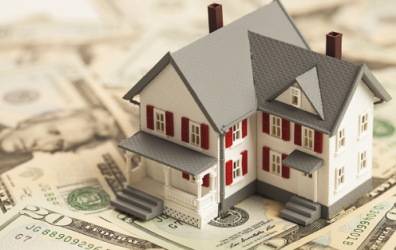As the silver tsunami of baby boomers reaches retirement age, the demand for affordable and comfortable housing options for seniors has never been greater. Subsidized senior apartments offer a beacon of hope for elderly individuals on fixed incomes, providing safe, accessible, and affordable living spaces tailored to their needs.

Introduction
Subsidized senior apartments are residential units designed specifically for senior citizens, with rent prices reduced through government or private subsidies. These apartments aim to ensure that seniors can maintain their independence while living in a community-oriented environment that offers a range of supportive services.
The Importance of Affordable Senior Housing
The cost of housing is a significant concern for many seniors living on fixed incomes, such as Social Security or pensions. Subsidized senior apartments address this issue by offering rents that are typically based on a percentage of the senior's income, ensuring that housing remains affordable.
Eligibility Criteria
Eligibility for subsidized senior apartments often includes age requirements, income limits, and sometimes health or disability considerations. Common criteria include:
1. Age Restriction: Occupants must be 55, 62, or 65 years old, depending on the specific community's policies.
2. Income Limits: Applicants must meet certain income thresholds, which are usually a percentage of the area's median income.
3. Citizenship or Residency: Some programs may require applicants to be U.S. citizens or legal residents.
Features
Subsidized senior apartments are not just about affordability; they also focus on creating a supportive and enriching living environment. Common features include:
1. Safety Features: Apartments are equipped with safety features such as grab bars, non-slip flooring, and emergency call systems.
2. Community Spaces: Shared spaces like lounges, gardens, and activity rooms encourage social interaction and community engagement.
3. On-Site Services: Many communities offer on-site services such as meal programs, transportation, and health services.
4. Accessibility: Apartments are designed for ease of mobility, with accessible entrances, elevators, and wide doorways.
The Application Process
Applying for subsidized senior housing typically involves the following steps:
1. Pre-screening: Gathering documentation to verify age and income eligibility.
2. Application Submission: Completing an application and submitting it to the housing authority or management company.
3. Waiting List: Due to high demand, applicants may be placed on a waiting list and are advised to apply to multiple communities.
4. Interview and Site Visit: Some communities require an in-person interview and a tour of the facility.
Challenges and Solutions
Despite the benefits, subsidized senior apartments face challenges such as:
1. Limited Supply: There may not be enough subsidized units to meet the growing demand.
2. Funding Shortfalls: Budget cuts can affect the availability and quality of subsidized housing.
3. Stigma: There can be a social stigma associated with subsidized housing, which may deter some seniors from seeking these options.
To address these challenges, solutions include advocating for increased funding for affordable housing programs, raising awareness about the benefits of subsidized senior apartments, and working to destigmatize the use of such resources.
The Role of Communities and Government
Communities and governments play a pivotal role in supporting subsidized senior housing. Federal, state, and local programs provide funding and regulatory support to ensure the availability and quality of these apartments.
Conclusion
Subsidized senior apartments serve as a vital resource for seniors seeking affordable and supportive housing options. They offer not just a place to live, but a community where seniors can thrive and enjoy their golden years with dignity and comfort. As the population ages, the need for such housing will only increase, making it imperative that we continue to support and expand these programs. For seniors, subsidized apartments are more than just a roof over their heads; they represent a promise of a secure and vibrant future.











